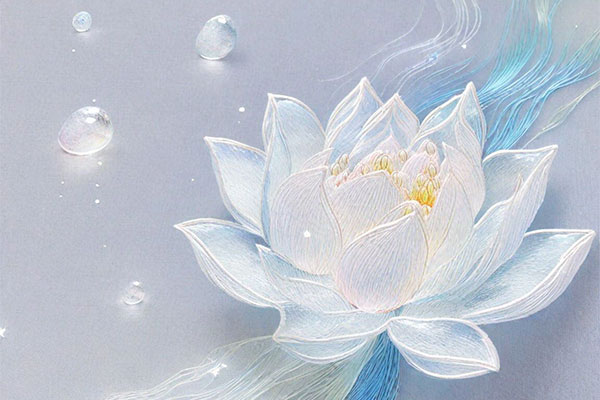Chinese Intangible Cultural Heritage - Suzhou Embroidery (Su Xiu)
Introduction
Suzhou embroidery, originating from the Suzhou region in Jiangsu Province, China, is one of the four famous embroideries in China (the others being Xiang embroidery, Yue embroidery, and Shu embroidery). Renowned for its delicate needlework, exquisite patterns, and rich colors, it is celebrated as the "Pearl of Eastern Art." Suzhou embroidery is not only practical but also an art form, widely used in clothing, home decor, and art collections.
History
The history of Suzhou embroidery dates back to the Spring and Autumn Period, over 2,000 years ago. It matured during the Song Dynasty and reached its peak during the Ming and Qing Dynasties, becoming an imperial embroidery art. Suzhou, as the birthplace of Suzhou embroidery, has long been the center of embroidery art, with many classic works still preserved in museums today.
Regional Characteristics
Suzhou embroidery is primarily concentrated in Suzhou City and its surrounding areas in Jiangsu Province. Suzhou's unique geographical environment and profound cultural heritage have provided fertile ground for the development of Suzhou embroidery. Suzhou embroiderers are renowned for their exquisite skills and unique aesthetics, with works often featuring themes of the natural landscapes of the Jiangnan water towns, flowers, birds, fish, insects, and human stories, showcasing strong local characteristics.
Cultural Significance
Suzhou embroidery is an important carrier of Chinese traditional culture. Its patterns often draw inspiration from natural landscapes, historical stories, myths, and legends, reflecting the aesthetic tastes and cultural connotations of the Chinese people. Suzhou embroidery works are not only decorative but also imbued with auspicious meanings and philosophical ideas, such as "flowers symbolizing wealth and honor" and "dragons and phoenixes bringing prosperity."
Craftsmanship
The production process of Suzhou embroidery is highly complex, involving steps such as design, material selection, embroidery, and mounting. Each step requires exquisite skill and extensive experience. Suzhou embroidery employs a variety of needle techniques, such as flat stitching, random stitching, and seed stitching, each with its unique artistic effect.
Preservation and Innovation
As a Chinese Intangible Cultural Heritage, Suzhou embroidery has received widespread attention and protection from the state and society. The Suzhou municipal government and cultural institutions actively promote the inheritance and development of Suzhou embroidery, nurturing a new generation of embroiderers. At the same time, Suzhou embroidery continues to innovate, integrating modern design and demonstrating renewed vitality.
Conclusion
Suzhou embroidery is a treasure of Chinese traditional culture, carrying a rich historical and cultural legacy. By preserving and passing down this ancient art form, we can not only appreciate the beauty of Suzhou embroidery works but also gain a deeper understanding and appreciation of Chinese traditional culture.







